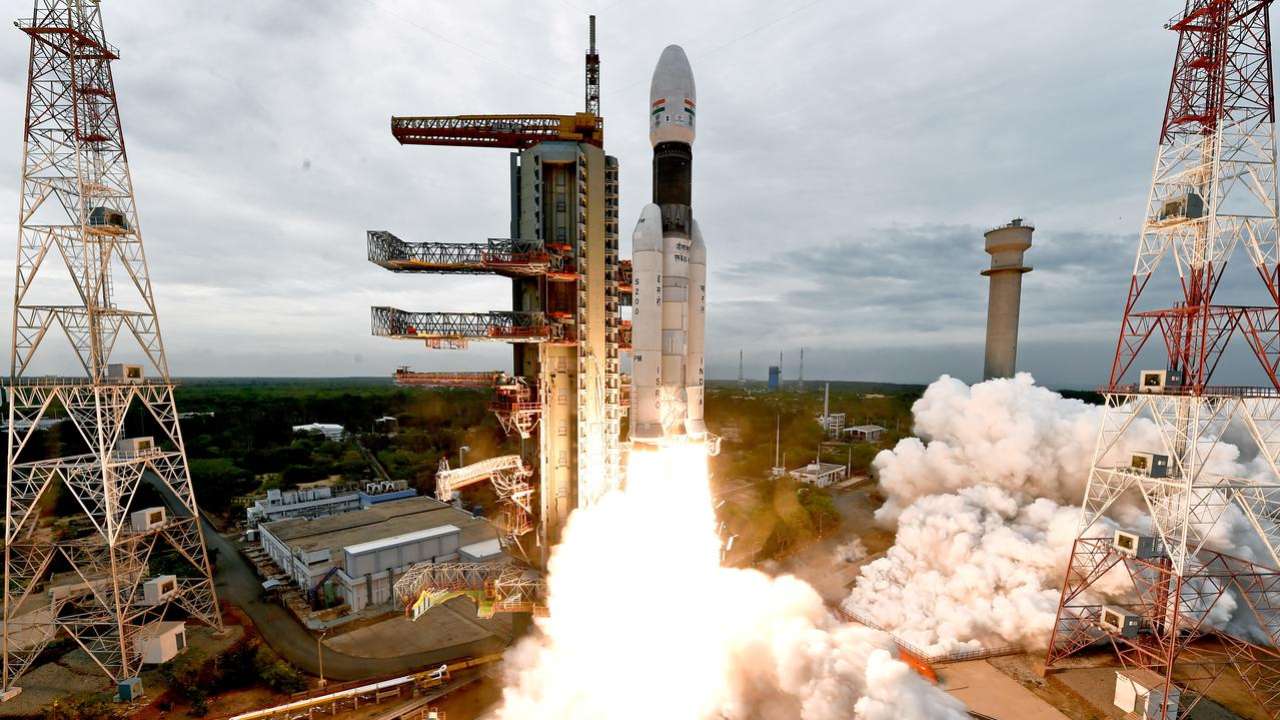Chandrayaan-3 to Study Lunar South Pole for Water Ice
Chandrayaan-3: India's Third Moon Mission
India's third lunar mission, Chandrayaan-3, is set to land on the Moon's south pole on Wednesday, August 24, 2023. The mission will be a critical test of India's ability to soft-land on the Moon, and it will also be the first time that any country has attempted to land a spacecraft on the lunar south pole.
The Chandrayaan-3 spacecraft consists of a lander and a rover. The lander will touch down on the Moon's surface, while the rover will deploy from the lander and explore the surrounding area. The lander and rover are both equipped with a variety of scientific instruments, including cameras, spectrometers, and radars.
The main goal of Chandrayaan-3 is to study the lunar south pole, which is thought to be a region rich in water ice. Water ice is a valuable resource for future human exploration of the Moon, as it could be used to support life and generate fuel.
Chandrayaan-3 is also expected to make important contributions to our understanding of the Moon's geology and evolution. The mission will study the composition of the lunar surface, the structure of the lunar crust, and the history of lunar impacts.
The success of Chandrayaan-3 would be a major achievement for India's space program. It would demonstrate India's ability to soft-land on the Moon, and it would pave the way for future lunar missions.
The mission is being conducted by the Indian Space Research Organisation (ISRO). The ISRO is a government agency responsible for the development and launch of rockets and satellites. The ISRO has a long history of success in space exploration, and it is one of the leading space agencies in the world.
The Chandrayaan-3 mission is a significant milestone for India's space program. It is a challenging mission, but it has the potential to make significant contributions to our understanding of the Moon. The success of Chandrayaan-3 would be a major boost for India's space program, and it would help to position India as a leader in lunar exploration.
Why is Chandrayaan-3 Important?
Chandrayaan-3 is important for a number of reasons. First, it will be the first time that any country has attempted to land a spacecraft on the Moon's south pole. The lunar south pole is a region that is thought to be rich in water ice, which is a valuable resource for future human exploration of the Moon. Second, Chandrayaan-3 will study the geology and evolution of the Moon. This information will help us to better understand the history of the Moon and its potential for future human exploration. Third, Chandrayaan-3 will help to test and develop new technologies that can be used for future space missions. The success of Chandrayaan-3 would be a major achievement for India's space program and would help to position India as a leader in lunar exploration.
The lander is called Vikram, and the rover is called Pragyan.
The lander is equipped with a variety of scientific instruments, including a ground-penetrating radar, a laser altimeter, and a magnetometer.
The rover is equipped with a camera, a spectrometer, and a drill.
The mission will last for one year.
The Chandrayaan-3 mission is a joint project between the Indian Space Research Organisation (ISRO) and the European Space Agency (ESA).
The Chandrayaan-3 mission is a significant milestone for India's space program. It is a challenging mission, but it has the potential to make significant contributions to our understanding of the Moon. The success of Chandrayaan-3 would be a major boost for India's space program, and it would help to position India as a leader in lunar exploration.
Here are some of the potential impacts of the Chandrayaan-3 mission:The discovery of water ice on the Moon would be a major breakthrough for future human exploration of the Moon. Water ice could be used to support life and generate fuel, which would make it possible to establish a permanent human presence on the Moon.
The study of the lunar south pole would help us to better understand the history of the Moon and its potential for future human exploration. The lunar south pole is thought to be a region that is rich in geological features, including craters, mountains, and valleys.
The development of new technologies for the Chandrayaan-3 mission would benefit other space missions. The technologies developed for this mission could be used for future missions to the Moon, Mars, and other planets.
The Chandrayaan-3 mission is a bold and ambitious undertaking. If it is successful, it will be a major achievement for India's space program and a significant step forward in our understanding of the Moon.



Comments
Post a Comment